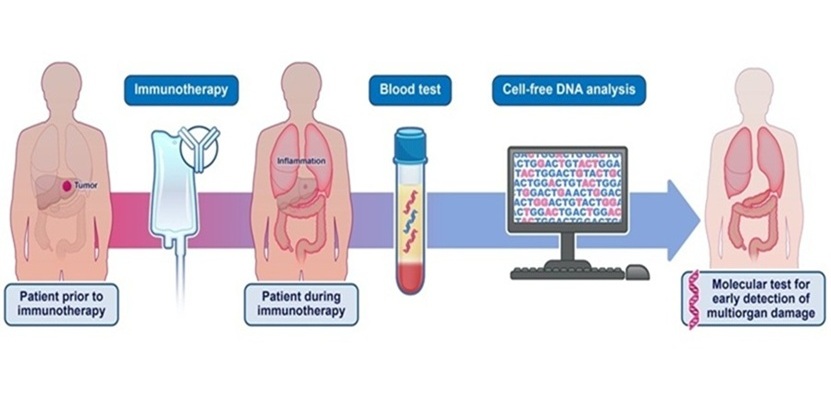Glass Microbubbles Separate CD4+ T Cells by Buoyancy
By LabMedica International staff writers
Posted on 02 Feb 2015
For human immunodeficiency virus (HIV) infected patients the number of CD4+ T lymphocytes in peripheral blood is an important marker for monitoring disease progression of acquired immune deficiency syndrome (AIDS) and treatment efficacy. Posted on 02 Feb 2015
The standard methods for enumerating cluster of differentiation 4+ (CD4+) T cells or mature T helper cells, by using fluorescence-activated cell sorting (FACS) or magnetic-activated cell sorting (MACS) are expensive and not easily accessible in remote or resource limited areas.

Image: Glass microbubbles labeled with phycoerythrin-conjugated biotin (A). Schematic of buoyancy activated cell sorting (BACS). Surface-functionalized glass microbubbles bind to target cells after a brief rotary mixing (1-3). Cells attached by glass microbubbles float and are separated spontaneously by buoyancy (4) (B) (Photo courtesy of Technology).
Scientists at the National Health Research Institutes (Zhunan Town, Taiwan) working with colleagues in the USA developed a method for a fast isolation strategy for CD4+ cells that involves mixing blood and glass microbubbles. After the specific binding of target cells to the microbubbles carrying specific antibodies on their surface, target cells will spontaneously float to the top of the blood vial and can be quickly separated. The use of this strategy demonstrated that the isolation of CD4+ cells in less than five minutes and with better than 90% efficiency. This strategy for cell isolation based on buoyancy and glass microbubbles is quick and inexpensive, minimizes blood handling, does not require magnetic fields, or centrifugation equipment, and could lead to new, efficient strategies for AIDS diagnosis in resource-limited areas.
One critical advantage of glass microbubbles is their reduced cost. These glass microbubbles have been mass-produced for use in many industrial applications including insulation, construction, paints, and transportation. The surface of the glass microbubbles can also be modified for attaching a variety of biochemicals to, using readily available protocols developed for glass substrate. In addition the buoyancy of the glass microbubbles allows for the capturing and separation of target cells from the unwanted cells by a simple "flip tube" motion. Together these features make the technology very attractive to the development of low-cost point-of-care devices for HIV monitoring. The study was published on December 26, 2014, in the journal Technology.
Related Links:
Taiwanese National Health Research Institutes














